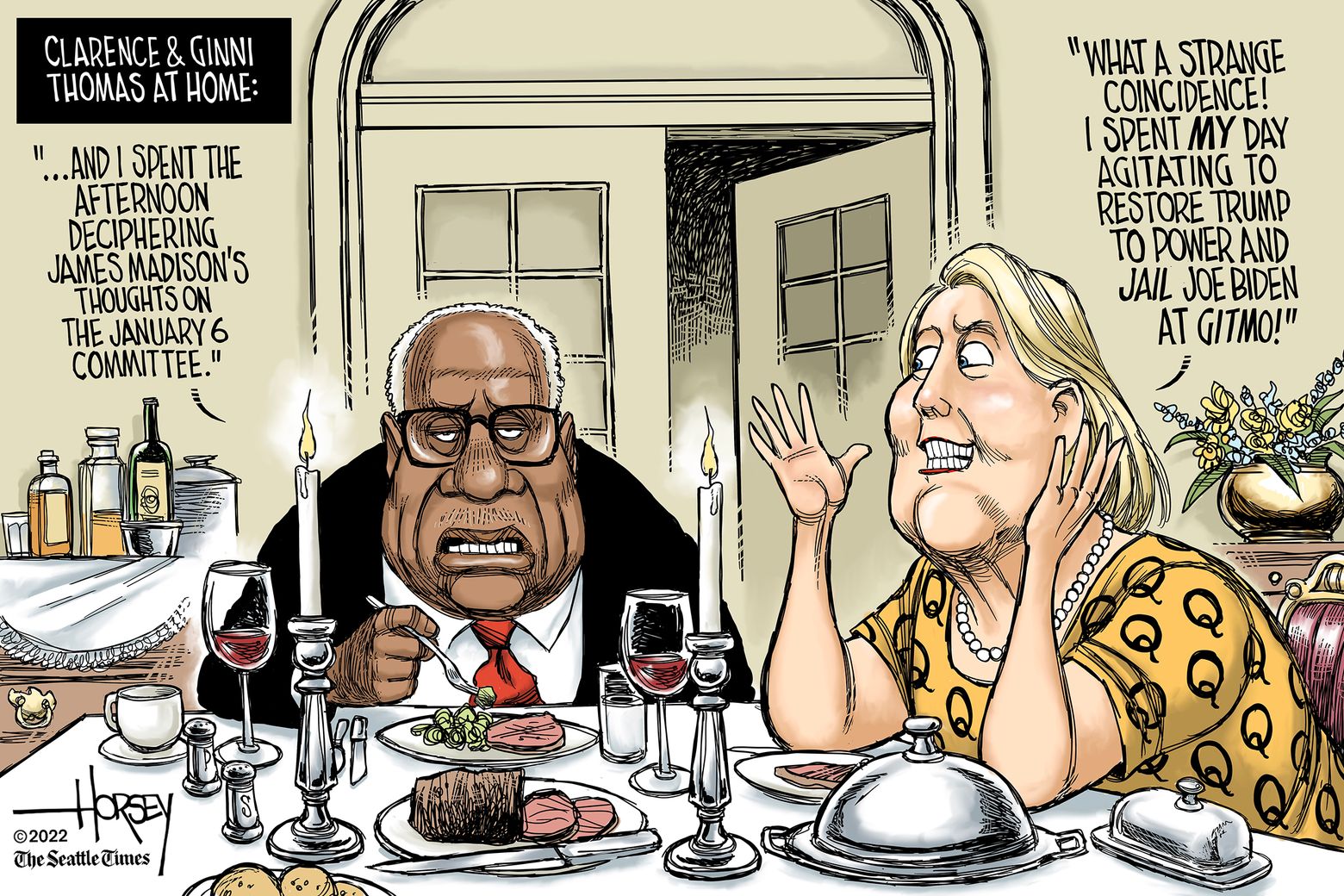
Dear Commons Community,
The Chronicle of Higher Education has two articles this morning in its electronic edition highlighting the widening gap between men and women completing undergraduate degree programs. The exodus of men away from college has been taking place for decades and accelerated during the pandemic. And it has enormous implications, for colleges and for society at large. Here is an excerpt from one of the articles.
For decades now, men have trailed women in college completion. Barely 40 percent of men earn a bachelor’s degree in four years, compared with just over half of women, federal data show. Even fewer Black and Hispanic men graduate on time — 21 percent and 32 percent, respectively.
But the pandemic, which has led to a disproportionate enrollment decline among male students, is expected to deepen the divide. Nationwide, male enrollment has fallen 8.6 percent over the past two years, while female enrollment has dropped by 6.5 percent, according to the National Student Clearinghouse. There were nearly three million more women enrolled in college this spring than men.
If this trend continues, it will have enormous consequences for the economy and society at large, affecting everything from unemployment rates to marriage patterns.
Yet it remains to be seen if colleges will respond to the growing gap in degree completion with the same urgency with which they’ve responded to recent enrollment losses. Historically, efforts to elevate men as an endangered class have met with resistance from both the right and the left, with conservatives accusing colleges of trying to “fix” men, and liberals arguing that men don’t need saving.
“People believe that men are already in positions of privilege, so why would we invest time and money in trying to help them?” said Charles Robbins, who created a male-student-success team at Stony Brook University a decade ago this month.
“While that basic premise is true,” Robbins continued, “the reality is that if there was any other cohort of students that was not doing well, everybody would be up in arms, asking, ‘Why aren’t we doing anything?’”
One reason men aren’t often seen as needing a leg up is because for most of the history of higher education, men earned a majority of the degrees.
In fact, as recently as 1972, men accounted for 56 percent of the bachelor’s degrees awarded by American colleges.
But by 1982, women were leading in bachelor’s-degree completion, a position they’ve held ever since. Women now account for more than 60 percent of the associate and master’s degrees awarded in the United States, 58 percent of the bachelor’s degrees, and 55 percent of the doctorates.
It’s not that fewer men are graduating college than 50 years ago. Graduation rates have risen for both sexes since the ’70s — they’ve just accelerated much more quickly for women. In 1970, 20 percent of men and 12 percent of women between the ages of 25 and 34 had a bachelor’s degree; in 2021, 36 percent of men and 46 percent of women had one.
This gender imbalance, which cuts across race and socioeconomic class, and is not unique to the United States, has been attributed to a variety of factors, both sociocultural and academic. Some trace the gap to the early grades, where boys lag in literacy skills and are much more likely than girls to be disciplined or referred to special education. Others point to gender stereotyping and cultural messaging, which tell young men (particularly white men) that they hold all the power and shouldn’t have to work hard — or seek help — to succeed.
“The message we give to women is: ‘You’re going to have to work really hard to overcome obstacles,’” said Keith Edwards, a consultant to colleges on male identity issues. “The message we give to men is: ‘If you have to go to class and study, there’s something wrong with you.’”
When Edwards was director of campus life at Macalester College, he interviewed male college students to learn about their experiences. They talked about studying on the sly, telling their friends they were headed for a hookup, then sneaking off to the library instead.
“They think, ‘All these other men are crushing it, but I am struggling,’” said Edwards. “It leads to a lot of mental-health issues.”
Popular portrayals of college life reinforce the message that school isn’t to be taken seriously, Edwards said. When he asks young men today what shaped their image of college, they immediately point to Animal House, a movie that was made before they were born. They picture John Belushi, in a “College” sweatshirt, chugging a bottle of Jack Daniels, then smashing it.
“Men arrive with the attitude that college is about partying, competitive heterosexual sex, not preparing for academics, and breaking the rules,” he said.
Colleges also come in for their share of the blame, with critics accusing them of creating environments that are hostile to young men. They argue that a focus on gender equity and sexual-assault prevention has led to the censoring of speech deemed “politically incorrect,” and to the treatment of young men as predators.
“I feel that college is not geared toward us,” said Thomas Efrem, a junior at the University of Washington who is part of the Brotherhood Initiative. “There’s a lot of rhetoric against the patriarchy — I get it, but it feels like people point the finger at us.”
Efrem said that when he tries to challenge the conventional wisdom around issues related to gender equality, offering research to support his points, professors and students shut him down.
“There’s a lot of narrative pushing, and I don’t like that,” he said.
Colleges have also come under fire for offering programs and seminars — some student-driven — aimed at freeing young men from the pressures and constraints of traditional masculinity, often referred to as “toxic masculinity.” To college’s conservative critics, such training amounts to emasculation, an attempt to “reprogram” college-aged men to behave more like college-aged women.
The notion that men are a privileged group that doesn’t need help getting through college is what Shaun Harper, an expert in diversity, equity, and inclusion at the University of Southern California, has called the “Model Gender Majority Myth.” Like the “model-minority myth” affecting Asians, this line of thinking assumes that advantage is distributed evenly across a demographic group, in this case, men.
In the college context, the Model Gender Majority Myth refers to the fact that men of color tend to face higher barriers to graduation than their white counterparts.
Of course, most college leaders are well aware of these disparities, even if the general public isn’t. That’s why the limited number of student-success programs that exist for men typically focus on Black men, or men of color more broadly.
The University of Washington’s Brotherhood Initiative is one of the nation’s most comprehensive programs for men of color, offering two yearlong seminars, peer mentoring, internships and research opportunities, and social events to cohorts of 30 students each year.
Joe Lott, the associate professor who created the initiative in 2016 to provide a road map to college for his own young sons, said the program provides a community for men of color on the predominantly white campus, where just 3 percent of students are Black and 9 percent are Latino. It also equips them with the tools and support to navigate a campus where they may be seen as threatening or less capable than their white peers, Lott said.
“They’re in an environment that wasn’t created for them,” Lott said. “It is easy to internalize messages and act in a way that your environment tells you to act.”
When the program started, there was a ten-percentage-point graduation gap between underrepresented minority males at the University of Washington and their white peers. Six years later, that gap has nearly closed for program participants.
But cohort-based programs for men remain relatively rare on college campuses. More common are mentoring programs, which match young men with the role models many lack in an effort to make it easier for them to seek support.
“We joke about men not asking for directions because it’s true,” said William Cummings, a professor of humanities and cultural studies and chairman of the Status of Men Presidential Advisory Committee at the University of South Florida, which piloted a peer-mentoring program this year. “Women are the power users of all our services. Men just don’t seem to think they need help or are uncomfortable getting it.”
Mahmoud Youssef, a senior finance major who volunteered as a mentor this academic year, said he would have benefitted from the guidance of an upperclassman when he was a freshman. As an international student from Egypt, he struggled with registering for classes, identifying clubs to join, and even finding stores where he could purchase familiar foods.
Over the course of the year, Youssef helped his eight mentees work through an assortment of academic and personal issues. Most “just needed someone to listen to them, to release things from inside,” he said. Still, Youssef said he won’t seek help for himself, “unless I 100-percent need it.”
“I like to help others, but I don’t like to ask for help,” he admitted.
At USF, years of efforts to raise graduation rates have virtually eliminated completion gaps by race, ethnicity, and socioeconomic status. Yet the gender gap remains, with women nearly 25-percent more likely to graduate on time than men.
Even so, the mentoring program was a tough sell, especially since the most underperforming group on the Florida campus is white men.
“The fact that white men are not doing well at USF doesn’t cause too much concern,” among many faculty and staff members, said Cummings. Carmen Goldsmith, executive liaison to the vice president for student success, says white men are “even harder for people to get behind, because it’s an even more privileged group” than men in general.
Robbins, of Stony Brook University, faced similar pushback when he created his male-success team and began interviewing groups of men about their challenges.
“We needed to explain over and over again why it was important for half the population to be educated,” said Robbins, who is now the college’s executive director of the Center for Changing Systems of Power.
Campus leaders ultimately opted not to create a dedicated program for men, but to target existing resources toward them instead. They advertised student services in places where men tend to congregate, such as dining halls and sports arenas, and held pop-up advising sessions in the gym, offering degree-progress reports from the side of treadmills.
That outreach, along with efforts to educate faculty, staff, and student leaders about the factors holding men back, have helped narrow the graduation gap between male and female students from 17 to seven percentage points over the past six years.
But the ongoing pandemic, coupled with low unemployment rates and persistent doubts about the value of a college degree, have made retaining men in college harder than ever. This year, Compton College, in California, hired what it believes to be the nation’s first director of Black and males of color success, in part to help “reclaim” the more than 650 Black men who left between the fall of 2019 and fall of 2021, reducing Black male enrollment to just 269 students.”
Our colleges have to do more to attract and support male students especially those who are Black and Latino!
Tony















